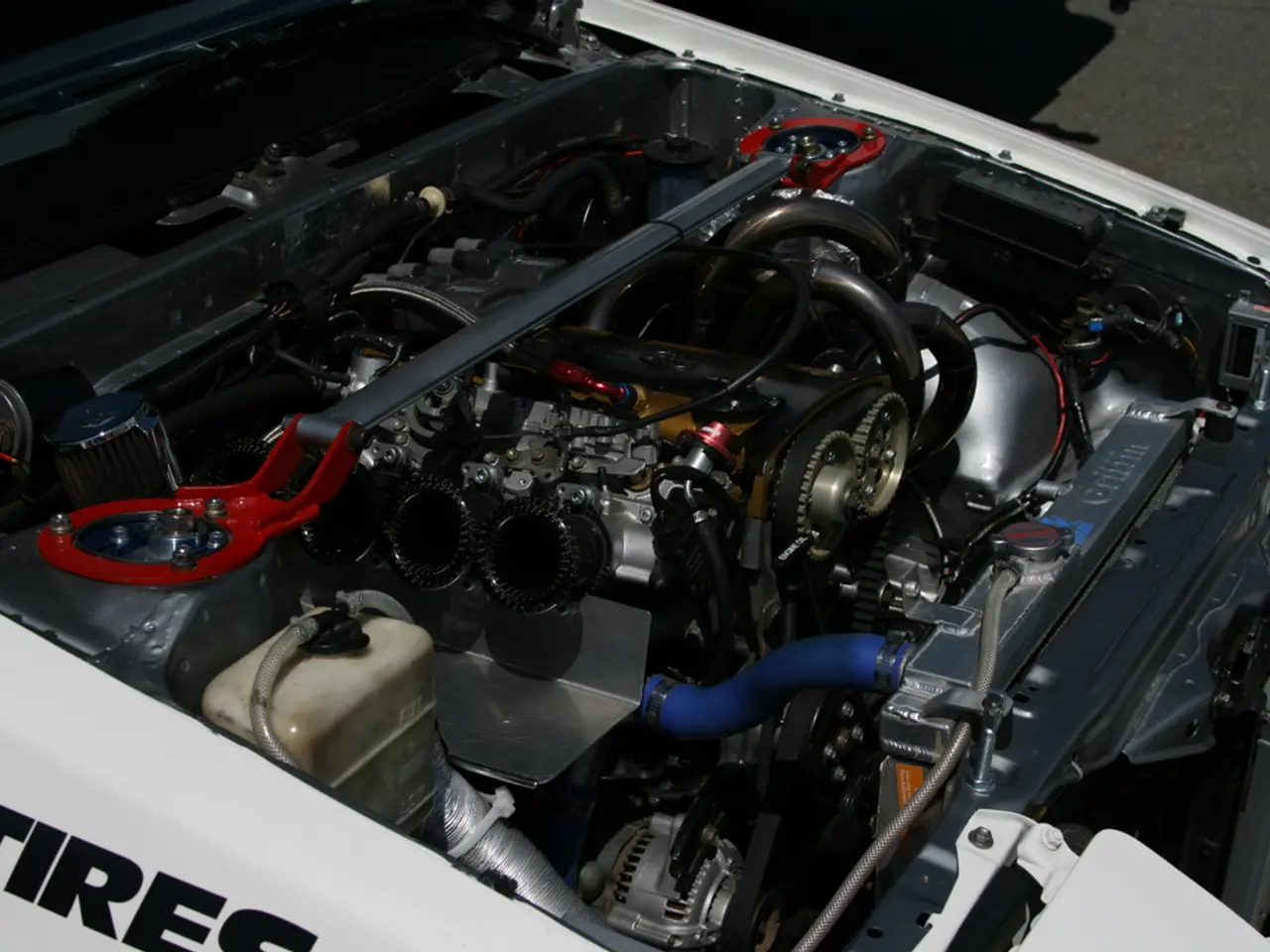Reusing electric vehicle batteries given precedence over recycling
A new study has highlighted the benefits of repurposing electric vehicle (EV) batteries for stationary energy storage systems, particularly in countries with high renewable energy shares. The research, conducted by a team of researchers from the University of Münster, Fraunhofer Research Institution for Battery Cell Production FFB, and the Lawrence Berkeley National Laboratory, suggests that prioritizing reuse of EV batteries can lead to significant environmental benefits.
The study models and compares three different scenarios: the baseline scenario, the recycling scenario, and the second use scenario. In the latter, end-of-life batteries are prioritized for reuse as stationary energy storage devices until demand is fully met; any remaining batteries are then recycled.
Among countries with high renewable energy shares—notably China, Brazil, Germany, India, and others leading in solar and wind power—China and Germany stand out for prioritizing reuse over immediate recycling of EV batteries for stationary energy storage.
China, with a massive renewable capacity, has solar and wind surpassing 25% of its electricity for the first time in 2025. The country is also a leader in EV adoption and battery reuse initiatives. China promotes second-life battery applications where EV batteries with reduced automotive capacity are repurposed for stationary energy storage in grids or distributed systems. This approach extends battery life before recycling, reducing environmental impact by deferring raw material extraction and processing.
Germany, with nearly 90 GW of installed solar capacity and strong renewable growth, is a pioneer in clean energy innovation. German policies encourage battery reuse in stationary systems for grid balancing and renewable integration, making reuse a key strategy to optimize resource efficiency and environmental performance before recycling.
Prioritizing reuse of EV batteries offers several environmental benefits. It extends the battery lifecycle, reducing demand for new batteries and raw materials like lithium, cobalt, and nickel. It lowers the environmental footprint by deferring energy-intensive recycling processes. It supports renewable grid integration by providing cost-effective, flexible, and scalable energy storage. It reduces waste by delaying material recovery and minimizing battery disposal risks. It promotes circular economy principles by maximizing resource value across multiple lifecycle stages.
The study's findings suggest that prioritizing reuse of EV batteries is more effective in reducing greenhouse gas emissions, particularly in countries with a high percentage of renewable energies. Prioritizing reuse would save 56 million tons of carbon dioxide emissions. By 2050, approximately 61 percent of the demand for EV batteries in California could be met by recycling all end-of-life EV batteries, with no second-life use, and this approach would save around 48 million tons of carbon dioxide.
The study emphasizes the importance of holistic, systemic planning for battery supply chains, encompassing production, recycling, and second-life applications. Countries that proactively start building these entire systems at a regional level and align their infrastructure with future demand for battery materials will be better positioned to reap the benefits of the circular economy for EV batteries.
In conclusion, China and Germany exemplify countries with high renewable energy shares that prioritize reuse (second-life applications) of EV batteries for stationary energy storage, achieving significant environmental benefits in resource efficiency and lifecycle impacts. Other leading renewable nations like Brazil and India are expanding renewables rapidly but have less documented emphasis on battery reuse versus recycling as of now. The study's findings underscore the need for a comprehensive approach to battery management, focusing on production, recycling, and reuse to maximize resource efficiency and minimize environmental impact.
[1] China's Electric Vehicle Battery Industry: Opportunities and Challenges [2] Germany's Energy Transition: Successes, Challenges, and Lessons Learned [3] The Role of Electric Vehicles in the Energy Transition: A Review [4] Battery Recycling: A Review of Current Technologies and Future Directions [5] Second-Life Applications of Electric Vehicle Batteries: A Review
- The environmental science of second-life applications for electric vehicle (EV) batteries, such as those used for stationary energy storage, is a significant focus in the fight against climate-change, particularly in tech-savvy nations like China and Germany.
- In their pursuit of environmental-science innovation, China and Germany prioritize the reuse of EV batteries over immediate recycling, using these batteries for grid balancing and renewable energy storage, thus deferring energy-intensive recycling processes and promoting circular economy principles.




